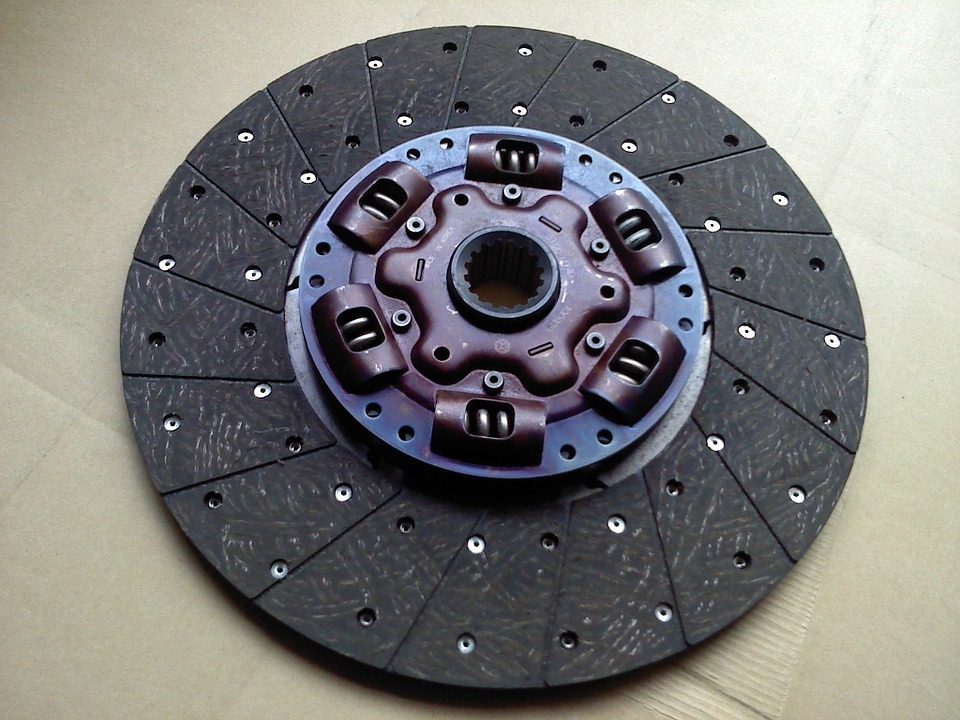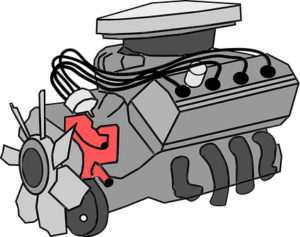A clutch is a device used in automobiles for transmitting power from one shaft to another one. The process of choosing the right clutch is very critical. A good clutch is needed for improving the performance of a vehicle. The clutch chosen should complement your vehicle efficiently. This will help your vehicle in achieving its full driving potential.
A clutch forms part of the transmission system which is responsible for disengaging or engaging motion between the driven members and driving members. It is widely used in vehicles in transferring power to the wheels from the flywheel. This power is transmitted to the car’s rear wheels through the propeller shaft, gear shaft, and differential.
or engaging motion between the driven members and driving members. It is widely used in vehicles in transferring power to the wheels from the flywheel. This power is transmitted to the car’s rear wheels through the propeller shaft, gear shaft, and differential.
The following are the key factors that should be considered during the clutch selection process.
Holding power of the pressure plate
The amount of power generated by the vehicle should be evaluated. You should also check the driving conditions of the vehicle after the clutch has been integrated into your vehicle.
Service factor
The safety or service factor is used in determining the force required when the clutch is in use. The recommended safety factor for most of the clutches is 1.5 to 2. However, there are some systems which require a higher safety factor such as higher inertia loads, higher cycle rates gas or diesel engine drives.
The power clutches are divided into the following parts
- Fluid wheel
- Friction clutches
Friction clutches
These are clutches which uses the friction principles which exist between two shafts which are rotating. Power is transmitted from one shaft to the next through friction when the two shafts become engaged.
Fluid wheel clutches
In these clutches, power is transferred using the working fluid. It is the working fluid which helps in transferring power across the two different rotors.
The friction clutches are classified as follows
- Centrifugal clutch: the centrifugal force governs the working principle of this clutch. This clutch consists of springs which are predetermined by the speed of the engine.
- Single plate clutch: It consists of a pressure plate and friction plate. The springs provide the force of maintaining contact between the friction plate and the flywheel.
- Multi-plate clutch: this plate is similar to the single plate clutch regarding operation and construction. However, it has no pressure and friction plates. This helps in reducing the slip between the friction plate and the flywheel thereby increasing the efficiency of the clutch.
- Cone clutch: this clutch dies not have any plate. It is designed with two cone members the female and the male member which are connected to the driving and the driven member respectively.
Semi-centrifugal clutch
There are other types of clutch which include
- Electromagnetic clutches: Relies on electromagnets for engaging or disengaging the shafts
- Hydraulic and pneumatic clutches: these are clutches which are operated manually by activating the pneumatic or hydraulic actuators
- Dog clutches: These clutches relies on a combination of teeth to transmit power to the shafts


